Delta CRJ-900 Accident In Toronto: Preliminary Report Published
One Mile at a Time
MARCH 20, 2025
What do we know about the final seconds of the flight? At the time of the accident, winds were at an angle of 270 degrees (the runway was at an angle of 230 degrees), at 28 knots, gusting to 35 knots. degrees to the right, and a rate of descent of 1,110 feet per minute The plane touched down at a bank angle of 7.5

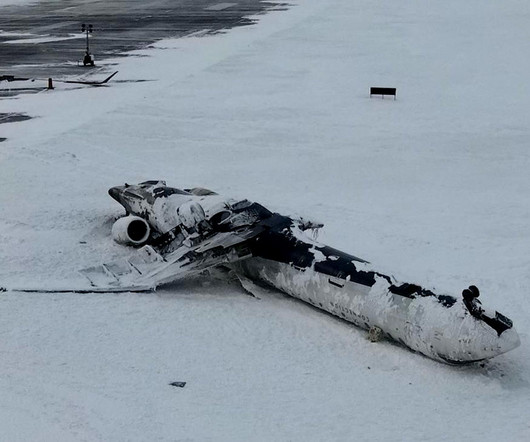



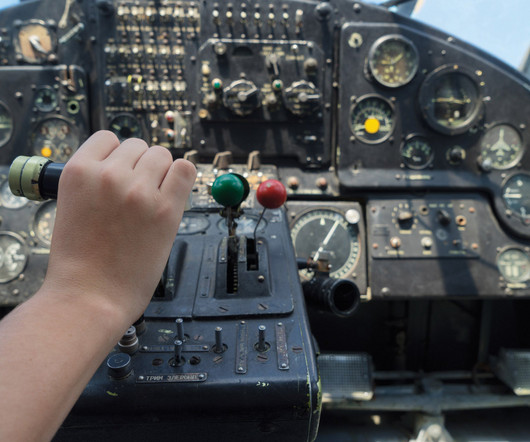
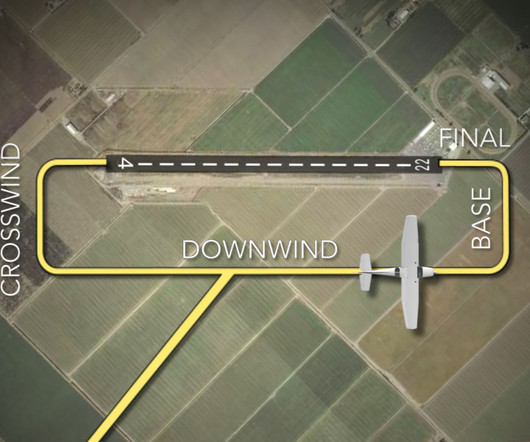
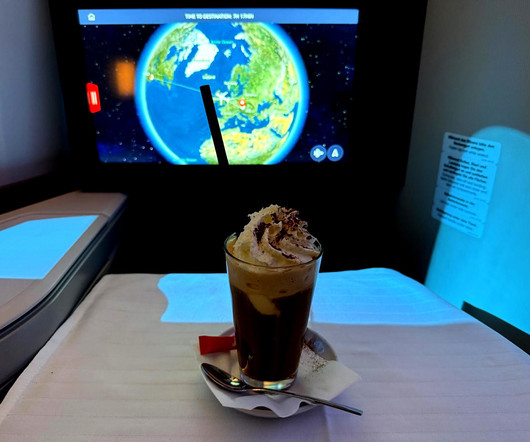
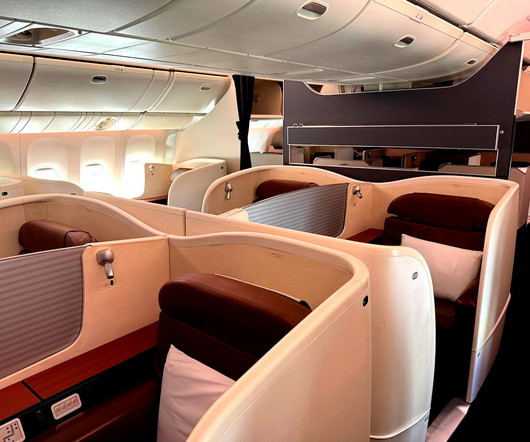

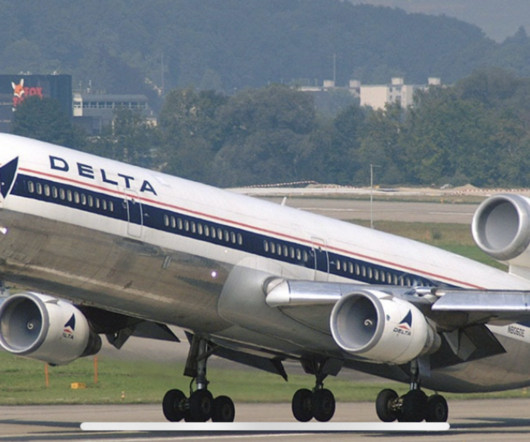


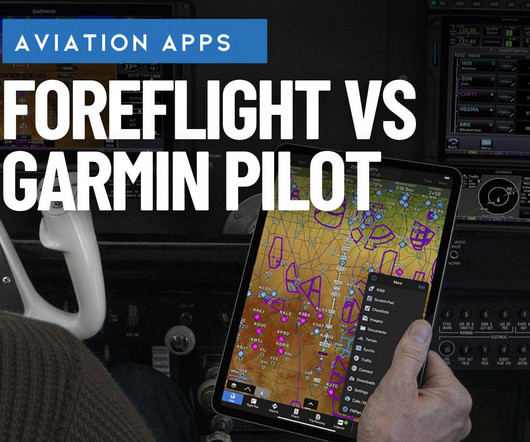
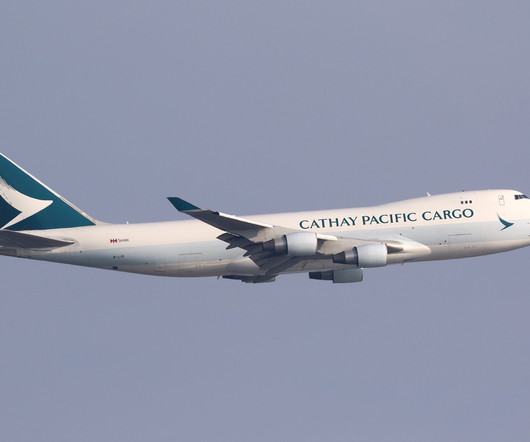
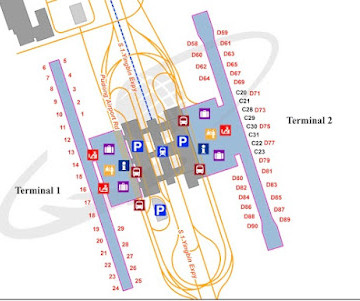

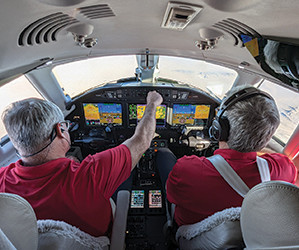
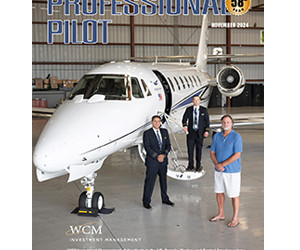

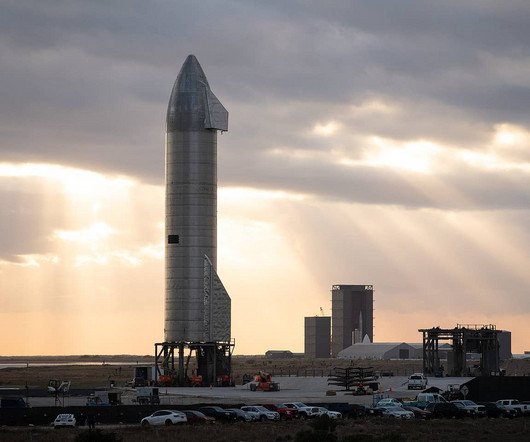






Let's personalize your content